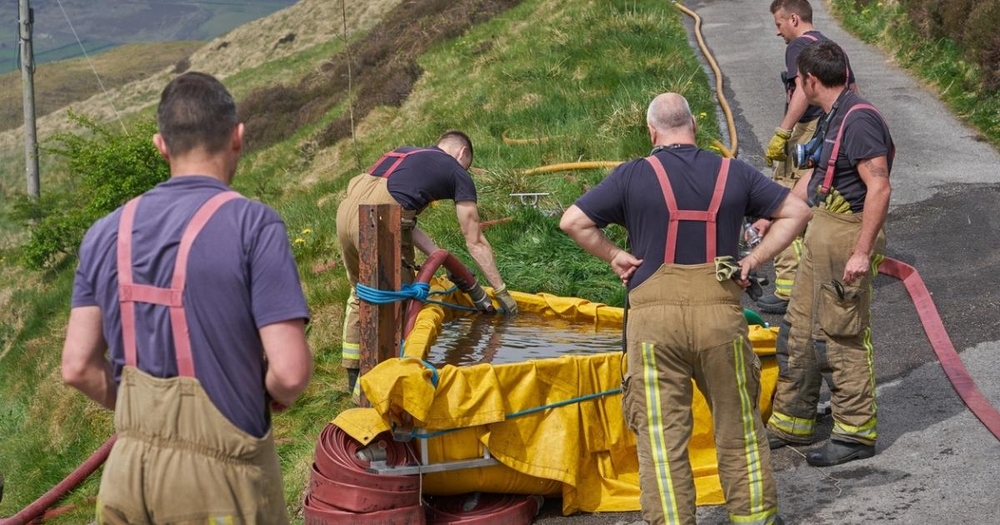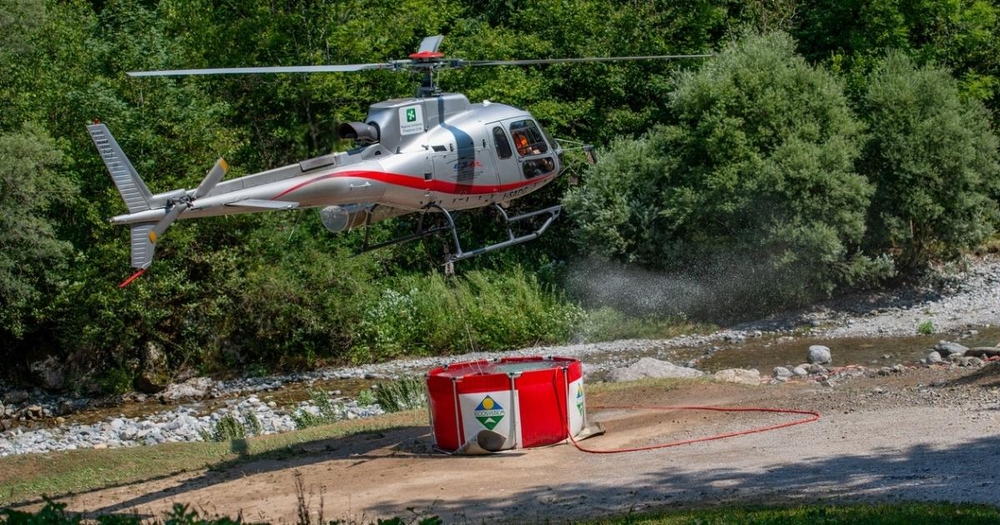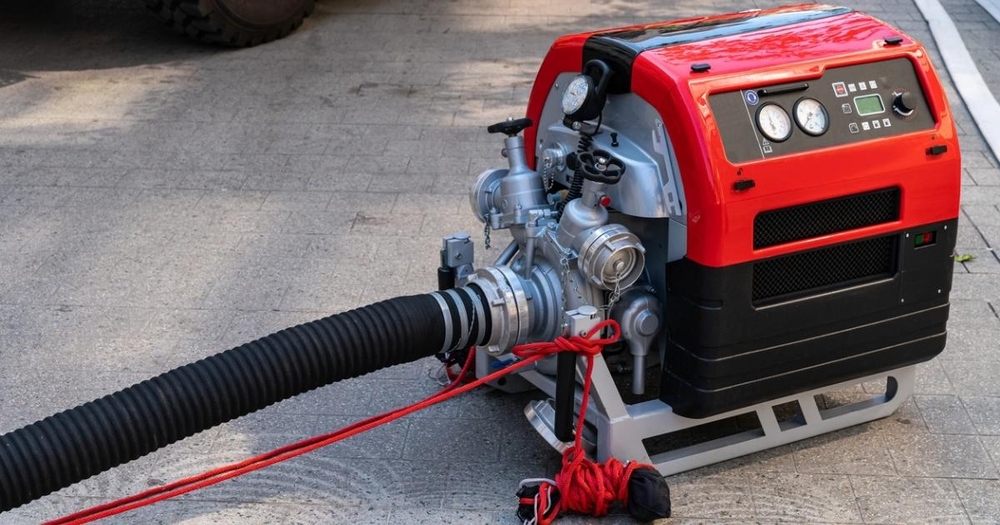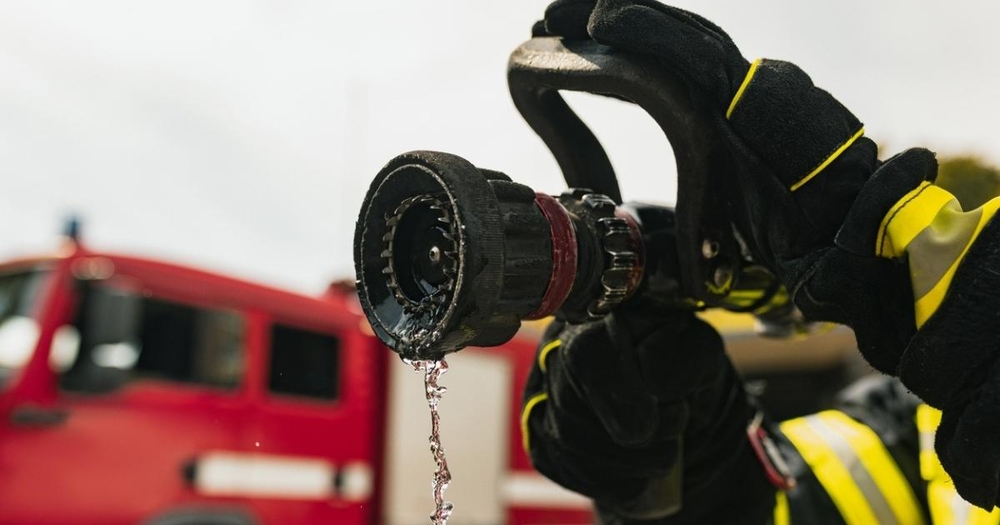
In the last few decades, wildland fires have risen both in frequency and intensity, threatening ecosystems, wildlife, and human communities across the globe. As these fiery challenges evolve, so too does the necessity for advanced firefighting techniques and equipment.
When battling wildland fires, the tools and strategies used can mean the difference between containment and catastrophe. Portable tanks and fire pumps are an indispensable pair of tools that enable firefighters to defeat blazes in the most remote and challenging terrains.
Portable tanks are collapsible water storage units that can be easily transported and quickly set up on-site during firefighting operations.
They serve as temporary reservoirs, ensuring a steady supply of water to firefighters especially in areas where natural or established water sources are scarce or inaccessible.
Portable tanks can range in capacity from a few hundred to thousands of gallons, making them suitable for a variety of firefighting scenarios. Materials commonly used include high-grade PVC, rubber, or other industrial fabrics, chosen for their durability, resistance to punctures, and ability to withstand the rigors of the wildland environment.


Fire pumps are machines designed to increase the water pressure or flow rate, enabling firefighters to transport water over longer distances and with greater force.
This enhanced pressure not only ensures that water reaches the affected areas but also that it's delivered with the force needed to combat flames effectively.
Here's a step-by-step guide on how portable pumps and tanks are set up, integrated, and used in the field for efficient fire control.
Choose a level spot for setting up the portable tank. Avoid slopes or areas with sharp objects that could puncture the tank. Ensure that the site is easily accessible for wildland firefighters, hoses, and, if necessary, vehicles.
Carefully spread the portable tank on the chosen site. For frame tanks, assemble the frame first and then fit the liner. Once set up, secure the tank to prevent it from shifting due to water weight or external forces.
Place the portable pump at a convenient distance from the tank, considering the length of the suction hose. After ensuring that the pump has sufficient fuel (or is fully charged in the case of battery-operated pumps), start the pump and let it run idle for a short period to ensure it's working properly.
Attach one end of the suction hose to the pump and the other end to the portable tank. Ensure all connections are tight to avoid air leaks. Connect the discharge hose to the pump. This hose will be used to transport water to the firefighting area.
If you're drawing water from natural sources like ponds, rivers, or a hydrant, ensure that another suction hose is connected to the source and the portable tank. Use a strainer at the end of the suction hose to prevent debris from entering the tank. Keep an eye on the water level in the portable tank to prevent overflows and ensure a continuous supply.
Adjust the pump settings to get the desired water pressure and flow rate based on the firefighting strategy. Regularly monitor the pump's performance, ensuring it doesn't overheat or show signs of malfunction.
Ensure that no one stands directly in the line of the discharge hose when the pump is activated. The initial pressure surge can be forceful. Periodically check the portable tank, hoses, and pump for signs of wear, leakage, or any other issues.
Once the operation is over, drain any remaining water from the tank and the hoses. Clean them to remove any debris or contaminants. Carefully disassemble the equipment, ensuring all components are stored safely for the next use.

In the fight against increasingly fierce wildfires, portable tanks and fire pumps are irreplaceable firefighting tools to have in your arsenal. These indispensable tools enable water access and efficient delivery, forming a crucial asset in tackling the growing threat of wildfires.